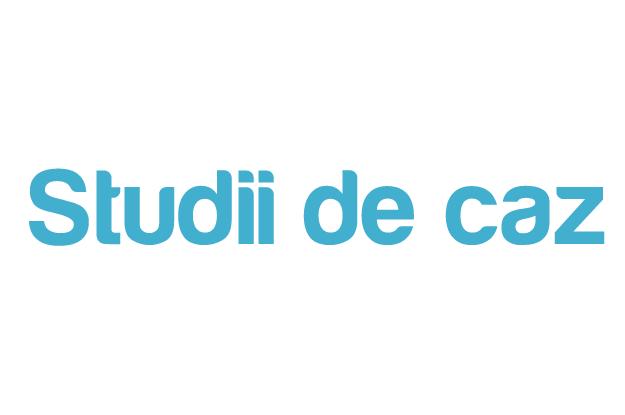
Several case studies produced in the period of May to November 2015 by the IJC revealed numerous violations of professional standards by journalists in writing news stories. They either used one source or adjectival language, betraying the authors’ attitude to what they write, or present the truth through the prism of political preferences. As a result, facts were distorted and media consumers were manipulated and misled.
Thus, the case study titled “How much in the news written from press conferences we should believe” followed the reaction of several information portals to a press conference held by “Our Party” leader Renato Usatii. Experts found that nearly all monitored portals reproduced exactly Usatii’s message, without questioning it or verifying facts. In this sense, case study authors drew attention to the fact that “mass media should not become a sound box of parties” and that any information coming from politicians should be treated carefully, so that the journalist does not play the game of parties and politicians.
The coverage of the protest next to the home of democrat Vlad Plahotniuc was examined in another case study. Its authors found some elements characteristic to disinformation and manipulation being used in news stories covering this protest: deliberate disregard of requirements on writing a news story; lack of information able to answer the mandatory questions of a news story – Who? What? Where? How? Why?; references to anonymous analysts; distortion of the message and defamation of the person.
Information from one source was also noted in the news stories analyzed in the case study titled “The case of Caravita. Fraud and manipulation.” The study authors draw attention to the fact that Moldovan media outlets presented the arrest of owners of the “Caravita” company exclusively from the perspective of prosecutors, without looking for alternative opinions and without providing details that might convince the public that the decision of investigation bodies is correct and justified.
Unbalanced news stories are also discussed in the case study titled “The protest of October 4 – between information and manipulation.” Journalists in their materials presented details about the short siege of the Parliament and the Global Business Center and about the protesters’ clashes with the police, but they avoided presenting the opinion of opponents, which also reveals the partisan nature of those news stories.
Dosarul Caravita. Fraudă și manipulare
Știri cu aprecieri sau cum este demolată credibilitatea










